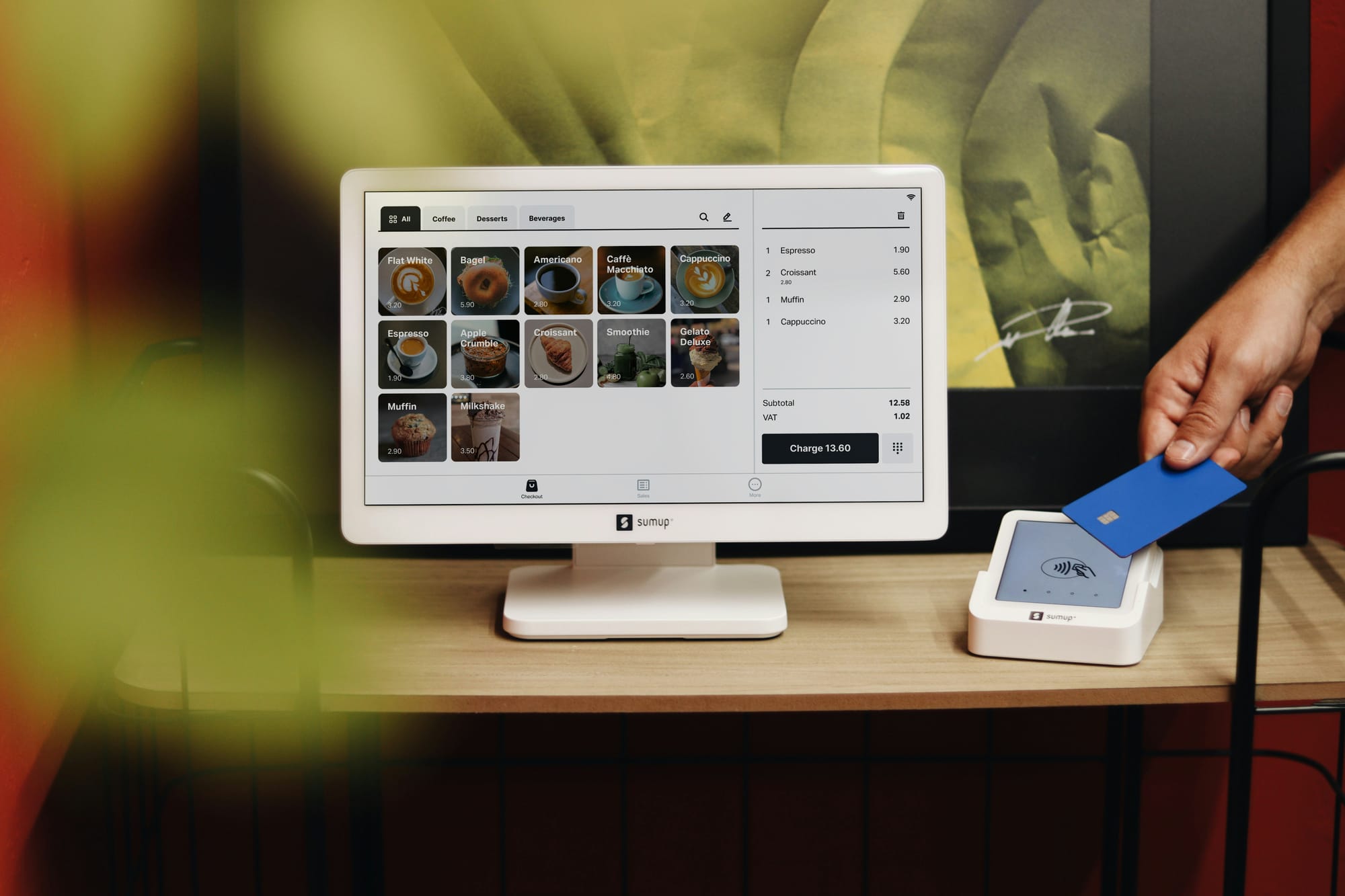
Mastering website conversion analysis

For marketing managers and website managers, website conversions are the ultimate measure of success. Whether you’re selling products, offering subscriptions, or generating leads, your website’s ability to convert visitors into paying customers directly impacts your bottom line.
This is where conversion analysis in marketing comes into play. By digging into your conversion data, you can uncover insights to improve performance and drive more conversions.
In this article, we'll cover what conversion analysis is, why it's essential for digital marketing, and how you can use it to optimize your conversion rate. We’ll also explore the most important tools and techniques to conduct conversion rate analysis and highlight the key role of conversion analytics in marketing strategy.
What is conversion analysis in marketing?
At its core, conversion analysis in marketing involves examining the behavior of website visitors to determine why some convert and others don’t. A "conversion" is any desired action a visitor takes on your site - this could be making a purchase, filling out a form, signing up for a newsletter, or even clicking a specific call-to-action (CTA).
The process of conversion analysis helps marketers understand:
- Which pages or funnels lead to the most conversions
- Where drop-offs are happening in the user journey
- The effectiveness of different traffic sources in driving conversions
- The impact of UX design and site functionality on conversion rates
- Understanding these elements can guide your decision-making as you work to enhance the website experience and ultimately improve your conversion rate analysis.
Why is conversion analysis important?
Without properly analyzing conversions, you're essentially flying blind. Conversion data gives you a roadmap to improve the efficiency of your website. Here’s why conversion analytics is so crucial for businesses:
- Improves user experience. Conversion data reveals friction points in your user journey. Is your checkout process too long? Are visitors bouncing after landing on your homepage? Conversion analysis uncovers these roadblocks, allowing you to optimize the user experience and make it easier for visitors to take action.
- Maximizes ROI. Conversion analysis can also help you identify the most profitable traffic sources and marketing channels. Are visitors from organic search converting better than those from paid ads? This insight allows you to allocate marketing budgets more effectively to increase conversions.
- Informs A/B testing. Conversion rate analysis provides essential data for A/B testing. Whether you're testing landing page layouts, CTAs, or color schemes, conversion data helps you make data-driven decisions and refine your marketing strategies.
Key metrics in conversion rate analysis
When conducting conversion rate analysis, several key metrics should be tracked to gain a full picture of your website’s performance:
- Conversion rate. This is the percentage of visitors who complete the desired action. To calculate, divide the number of conversions by the total number of visitors and multiply by 100. For example, if 50 people out of 1,000 website visitors complete a purchase, your conversion rate is 5%.
- Bounce rate. This refers to the percentage of visitors who leave your site without interacting. High bounce rates suggest that visitors aren’t finding what they need, and reducing it should be a priority.
- Cart abandonment rate. In ecommerce, this is a critical metric. It tracks how many visitors add items to their shopping cart but leave without completing a purchase. Analyzing why abandonment occurs can lead to opportunities for improvement, such as simplifying the checkout process or offering incentives.
- Average time on page. This metric measures how long visitors spend on key landing pages. Pages with short times and high exit rates might need design or content tweaks to keep visitors engaged.
- Traffic source conversions. Understanding how different traffic sources (organic, paid, referral, etc.) perform in terms of conversions allows you to focus on the channels that bring in the highest value traffic.
Tools for conducting conversion analytics
Having the right tools for conversion analytics is crucial for gathering actionable insights. Here are some of the best tools for conversion rate analysis:
- Google Analytics. Google Analytics is one of the most comprehensive and free tools for tracking website performance and conversion data. It allows you to set up conversion goals, measure traffic sources, and analyze the effectiveness of various marketing campaigns.
- Hotjar. This tool offers heatmaps, session recordings, and surveys, providing visual insights into user behavior. You can identify where visitors are clicking, scrolling, or dropping off, giving you key areas to improve.
- Crazy Egg. Like Hotjar, Crazy Egg offers heatmaps and click tracking but also includes A/B testing capabilities, allowing you to experiment with different page elements to boost conversions.
- ConversionWax. For more advanced A/B testing and personalization, ConversionWax is a powerful platform that helps you test variations of your conent and optimize the user experience based on conversion data.
- HubSpot. HubSpot provides marketing automation and analytics tools, offering detailed insights into lead conversion rates and customer journeys. It’s especially useful for tracking email marketing and landing page conversions.
How to perform effective conversion rate analysis
To perform effective conversion rate analysis, follow these key steps:
- Define conversion goals. Clearly define what a conversion is for your business. This could range from making a purchase to signing up for a newsletter. Without clear goals, analyzing conversions becomes difficult.
- Segment your audience. Different user segments may behave differently. For instance, first-time visitors may have lower conversion rates than returning visitors. Segment your audience to get more targeted insights and strategies.
- Identify drop-off points. Use funnel analysis to track where users drop off. This helps you pinpoint problematic stages in your user journey, such as a confusing checkout process or an ineffective CTA.
- Test and optimize. Use A/B testing to test page elements that could improve conversion rates. This includes testing headlines, CTAs, images, and page layout. Track the results of these tests using conversion data to guide further optimization.
Round up
In today’s competitive digital landscape, mastering conversion analysis in marketing is essential for marketing managers. Whether you’re looking to increase ecommerce sales or boost lead generation, understanding your conversion rate analysis will lead to more informed decision-making and higher performance. By leveraging the right tools and optimizing based on data-driven insights, you can transform your website into a conversion machine, improving not only the user experience but also your bottom line.
With a solid strategy in place, you’ll be well on your way to improving conversions and achieving long-term success in your online business.
Start your free trial of ConversionWax today
-

Unlock the benefits of website personalization
-
Ecommerce conversion best practices - reach your store’s full potential
-

How to - increase your website sales
-

Your ultimate Conversion Rate Optimization checklist
-

How to: complete a Conversion Rate Optimization audit
-

An easy guide to ecommerce website optimization
-

Your guide to Conversion Rate Optimization best practices
-

Landing page optimization - maximizing your conversions
-

Mastering ecommerce product page optimization
-

Website performance optimization techniques to boost your online business
-

Benefits of website personalization for online businesses
-

How to improve your ecommerce checkout conversion
-

Crafting a winning Conversion Rate Optimisation strategy
-

What is a good website conversion rate? Understanding your metrics
-

Customized targeting - boosting conversions with precision marketing
